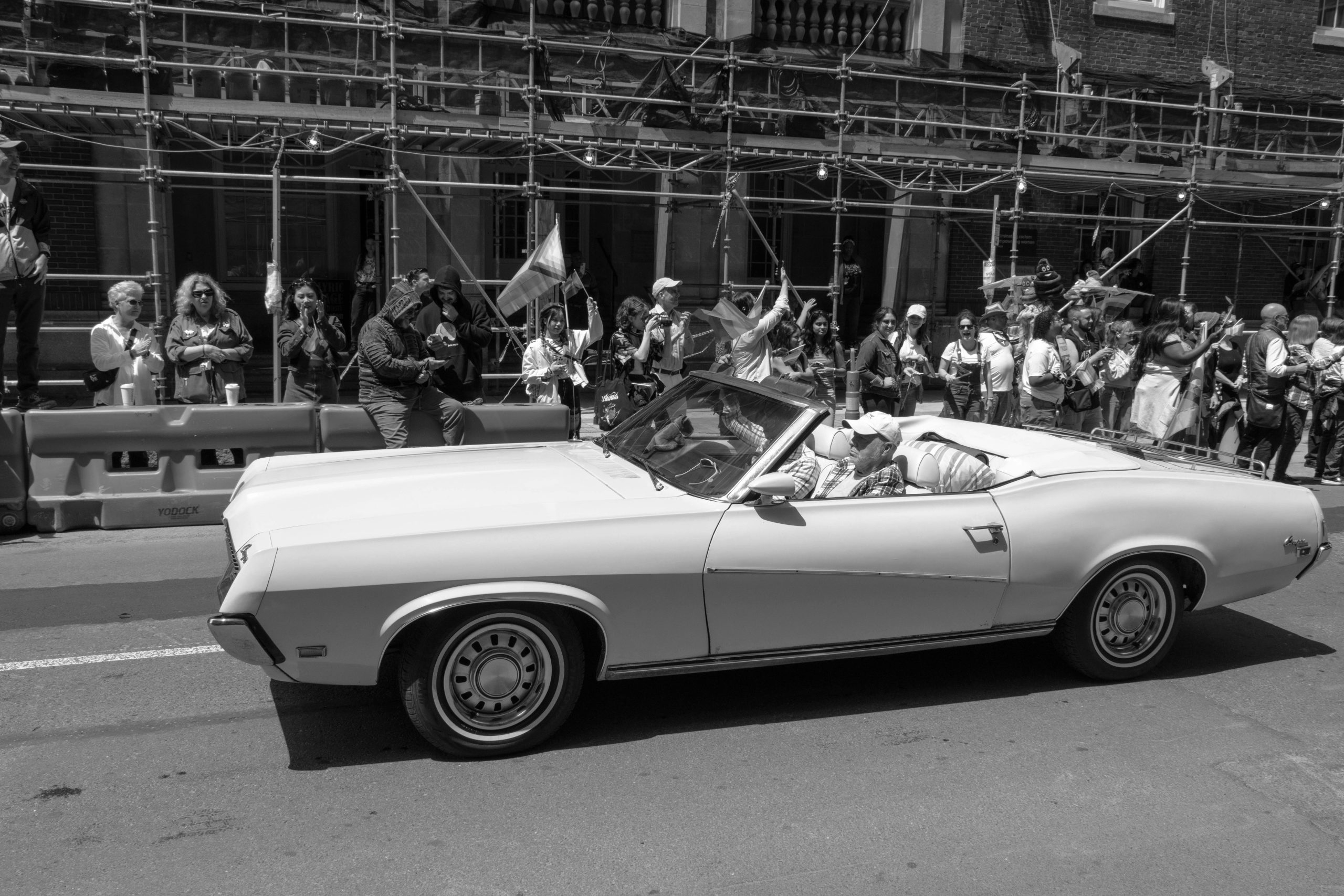Car Sharing Communities: Neighbors Reimagining Vehicle Ownership
The concept of car ownership has been a longstanding aspect of modern society. For many people, owning a car is a necessity, providing the means for transportation to work, school, and other daily activities. However, with the rise of climate change concerns and the increasing cost of car ownership, many people are reimagining the way we think about owning a vehicle. This is where car sharing communities come into play, with neighbors working together to change the traditional model of car ownership. Let’s take a closer look at how these communities are reshaping our approach to vehicle ownership and how they are impacting our environment.
The Rise of Car Sharing Communities
Car sharing communities, also known as carsharing or car clubs, are gaining popularity as an alternative to traditional car ownership. Car sharing services allow individuals to rent a car on an hourly or daily basis, giving them access to a vehicle without having to own one. This concept of car sharing was first introduced in Europe in the late 1980s and has since expanded to many parts of the world, including the United States and Canada.
The idea behind car sharing is simple – to reduce the number of cars on the road. By joining a car sharing community, individuals can access a car only when they need it, rather than owning one that is sitting idle most of the time. This not only reduces the number of vehicles on the road but also helps to decrease traffic and CO2 emissions.
Neighbors Working Together
One of the unique aspects of car sharing communities is the collaborative effort among neighbors. These communities are typically formed by a group of individuals living in the same area who come together to share a few vehicles. By working together, they can reduce their transportation costs, decrease their environmental impact, and build a sense of community.
In car sharing communities, one individual may offer their personal vehicle for others to use, while others may contribute financially to cover the costs of maintenance and insurance. This allows for the shared vehicles to be well-maintained and available for use by all members. Additionally, scheduling systems are often put in place to ensure equal and fair access to the vehicles.
The Benefits of Car Sharing Communities
Reduced Cost
The most obvious benefit of car sharing communities is the cost savings. With traditional car ownership, individuals are responsible for all associated costs, such as insurance, maintenance, and gas. In a car sharing community, these costs can be shared among members, making it more affordable for everyone. This is especially beneficial for those who only need a vehicle occasionally or live in areas with limited parking.
Eco-Friendly
Joining a car sharing community also has a positive impact on the environment. As mentioned earlier, by reducing the number of cars on the road, car sharing helps to decrease CO2 emissions and reduce air pollution. Additionally, by sharing vehicles, members are also reducing the need to manufacture and dispose of multiple cars, which has a significant environmental impact.
Community Building
Car sharing communities also foster a sense of community among its members. By working together and sharing resources, neighbors can get to know each other better and build stronger relationships. This also creates a sense of responsibility and trust among members, as they rely on each other to maintain and care for the shared vehicles.
Conclusion
Car sharing communities are reimagining the traditional model of car ownership. By reducing costs, promoting environmental sustainability, and building a sense of community, these communities are bringing positive changes to society. As technology and concerns about the environment continue to evolve, it’s likely that car sharing will become an even more popular alternative to car ownership. So, why not join a car sharing community in your neighborhood and be part of the movement towards a greener and more connected society?










